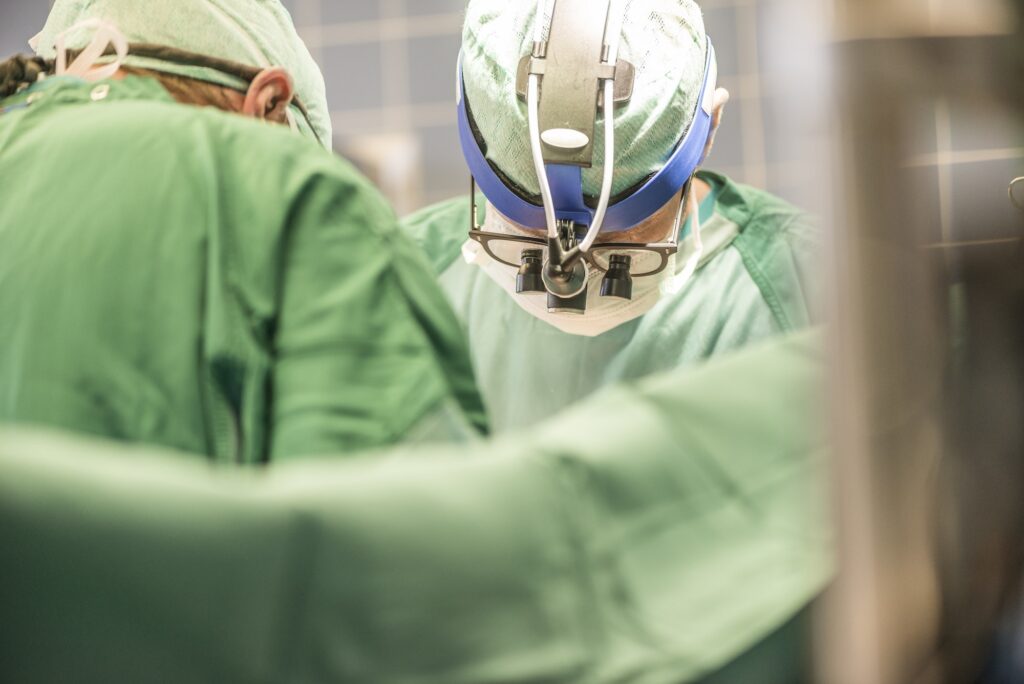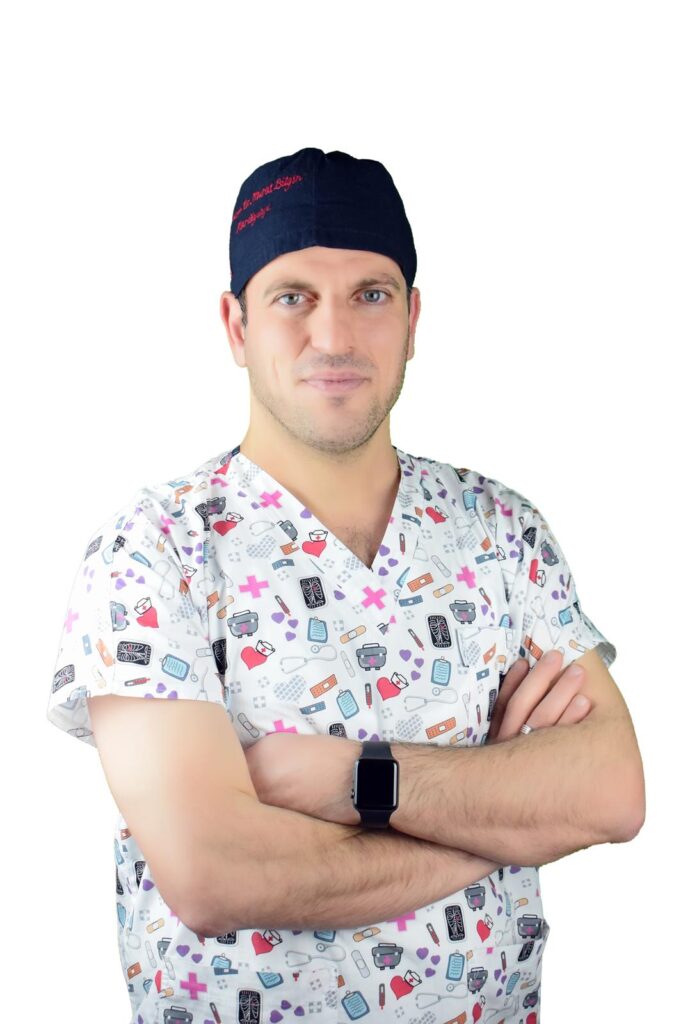Yalova Cardiology
Everything you need to know about your heart health. Your health is entrusted to us with high technology in Yalova.
Treatments and servıces
Closed Endovascular Treatment of Brain Aneurysm
A brain aneurysm is a bulge in a blood vessel in the brain that can potentially rupture and cause a hemorrhagic stroke. Treatment of a brain aneurysm may involve open surgery or endovascular procedures, depending on the size, location and severity of the aneurysm. In this article, we will focus on closed endovascular treatment of brain aneurysms, including what the procedure involves, its benefits and risks, and what patients can expect during recovery.
What is Closed Endovascular Treatment of Brain Aneurysm?
Closed endovascular treatment of brain aneurysm, also known as endovascular coiling, is a minimally invasive procedure used to treat brain aneurysms. The procedure involves inserting a small catheter into an artery in the groin and guiding it up to the aneurysm in the brain. A small platinum coil is then passed through the catheter and placed inside the aneurysm, where it forms a clot, helping to prevent the aneurysm from bursting.
Benefits of Closed Endovascular Treatment of Brain Aneurysm
The benefits of closed endovascular treatment of a brain aneurysm are:
Minimally invasive: Endovascular coiling is a minimally invasive procedure, meaning it requires smaller incisions and has a shorter recovery time compared to open surgery.
Lower risk of complications: Endovascular coiling has a lower risk of complications, including a lower risk of infection and bleeding, compared to open surgery.
Efficacy: Endovascular coiling is an effective treatment for many types of brain aneurysms, with a high success rate in preventing the aneurysm from rupturing.
Risks of Closed Endovascular Treatment of Brain Aneurysm
As with any medical procedure, there are risks associated with closed endovascular treatment of a brain aneurysm.
Some of the risks include:
Re-bleeding of the aneurysm
Blood clots
Allergic reaction to the contrast dye used during the procedure
Damage to the blood vessel or surrounding tissue
Stroke
It is important for patients to discuss the risks and benefits of the procedure with their doctor to determine the best course of treatment for their individual needs and health condition.
What to Expect During the Procedure
Closed endovascular treatment of a brain aneurysm is typically performed under local anesthesia, which means that the patient will be awake but will not feel any pain. The procedure typically takes about 1-2 hours to complete.
During the procedure, the patient is laid on a table and the doctor makes a small incision in the groin to access the femoral artery. The doctor will then pass a catheter through the artery and guide it up to the aneurysm in the brain using X-ray imaging.
Once the catheter is in place, the doctor will insert a small platinum coil into the aneurysm. The coil will expand and form a clot, helping to prevent the aneurysm from rupturing.
Recovery and Follow-up
After the procedure, the patient will need to stay in hospital for observation for a few days. The patient may experience some mild pain or discomfort at the incision site in the groin, but this usually resolves within a few days.
The patient will need to avoid strenuous activities and heavy lifting for a few weeks after the procedure. The patient will also need to follow up with their doctor regularly to monitor the health of the aneurysm and assess the risk of rebleeding or other complications.
Conclusion
Closed endovascular treatment of brain aneurysm is a minimally invasive procedure used to treat brain aneurysms and prevent them from rupturing. While the procedure has many benefits, it is important for patients to discuss the risks and benefits of the procedure with their doctor to determine the best course of treatment for their individual needs and health condition. With proper care and monitoring, many patients who undergo closed endovascular treatment of a brain aneurysm can fully recover and go on to lead a healthy, active life. If you suspect you have a brain aneurysm or have been diagnosed with one, talk to your doctor to learn more about the treatment options available to you.


